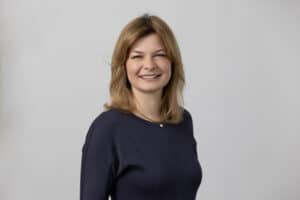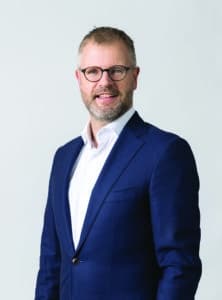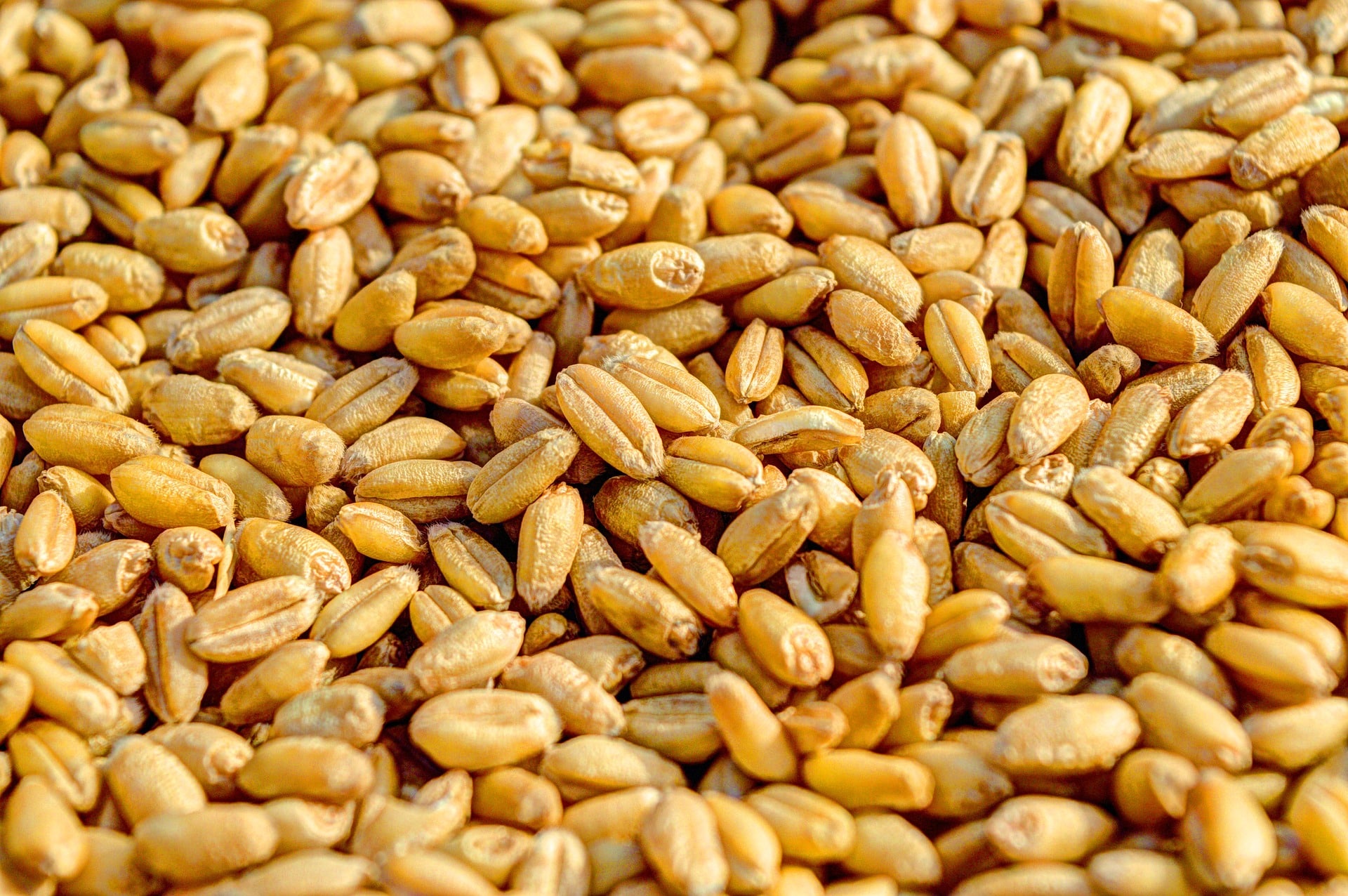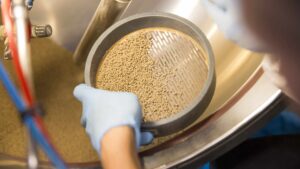How Seed Applied Technologies Provide A Strong Contribution Towards Sustainability
Why it Matters
The EU Commission states that climate change and environmental degradation are an existential threat to Europe and the world. And to overcome these challenges, the European Green Deal was agreed upon in 2020. This is a set of policy initiatives which aims to make Europe the first climate-neutral continent by 2050. Among the initiatives is the Farm to Fork strategy (F2F), considered at the heart of the Green Deal, which seeks to address the challenges of sustainable food systems. In the F2F, the Commission aims to reduce by half a) the overall use and risk of chemical pesticides and b) the use of more hazardous pesticides. At the same time, the strategy seeks to reduce nutrient losses by at least 50 per cent while ensuring no deterioration in soil fertility. And the Commission hopes that this will reduce the use of fertilisers by at least 20 per cent. And finally, it also wants to arrive at a quarter of the EU’s agricultural land under organic farming.
This will have major impacts on Europe’s plant breeding and sector, including in the field of seed applied technologies. To see what kind of an impact this has on one of those companies, European Seed spoke with Erik Jan Bartels, Managing Director and Dr. Marta Dobrowolska-Haywood, R&D Manager, both at Incotec about the work their company is doing towards these F2F goals, and making agriculture more sustainable.

Lengthy Regulatory Approval
The goals in F2F are very ambitious, but Bartels sees them as a challenge rather than a threat. “As a sector, we should be open to change and work hard to be part of the solution.” He shares that putting regulation in place to facilitate innovation should be OK. But at the same time, authorities should fast-track the approval process for more environmentally beneficial alternatives. “I think this can be improved. What I see in the Netherlands is that the approval by the relevant governmental bodies to approve biological or environmentally friendly products is slow,” he says. “It can take years to get approval for a new biological seed treatment.” Dobrowolska-Haywood concurs, stating that from the moment they develop all the data, it is at least two to three years of waiting for the registration.
For his company, Bartels shares that sustainability is at the heart of their strategy. “We are working on the application and delivery of biologicals on seeds. We have some great recipes developed but can’t apply them because those beneficial microbials are not approved yet. In certain cases, we are using food ingredients, products already approved for human consumption. But also here, seed application requires a separate approval process, taking a lot of time.”

The slow and difficult decision-making process is also a topic of the Dutch seed association Plantum in their interaction with the authorities.
Legislation Triggering Change
In the European Union, regulations are being put into place to decrease the amount of microplastics in seed applied technologies. The immediate response of companies is often a defensive one, not willing to embrace the opportunity that such a change can offer. Bartels says that his company quickly realised it was better to start developing alternatives and be fast to market with a more environmental solution. “Because of the legislative change, we have developed a good range of microplastic-free products and secured customers approvals already. For me, this is a good example where legislation triggers a change, and the industry picked it up.”
Combining Seed Applied Technologies with Organic Agriculture
The F2F strategy has a strong focus on organic agriculture and aims to have at least 25 per cent of the EU’s agricultural land under organic farming by 2030. The question is whether seed applied technologies can be combined with organic agriculture. According to Dobrowolska-Haywood it is certainly possible. “We have facilities in both Europe and North America, currently the markets where the customer demand for organic foods is the highest, that are specifically setup and certified for organic application.”
For seed treatment, the company has a few products already on the market that include priming, pelleting and film coatings that are organically certified.
Segregation is Everything
Bartels underlines that it is important to setup the facilities in the right way. With the current analytical tools, a minor contamination can easily be picked up. “So that means for our organic facilities, we have to work very clean and very segregated. We have segregated production lines to avoid any cross contamination, from traditional seeds to organically treated seeds.”
In Europe, Fibl is the authority that reviews all the ingredients in the seed treatment formulations and decides whether those ingredients can be organically certified or not. “They also decide whether a specific ingredient must be replaced. Their main focus is the active ingredients. Ingredients that are applied on organically produced seeds, do not need to be biobased or organically sourced,” explains Dobrowolska-Haywood.
“People sometimes confuse microplastic free, organic, biobased and biodegradable, says Bartels. “These are four different terms, overlapping to a certain extent but certainly not the same. And it’s interesting that when some people talk about organic, they assume that it is therefore biodegradable, or biobased. It can be but doesn’t necessarily have to be the case.”
Impact of the Drive Towards More Sustainability
The company’s strategy is all about more sustainable agriculture. “It’s not just making our products microplastic-free,” says Bartels. “Climate change is another big driver towards more sustainability. Climate change triggers drought, increased salinity levels or heat stress and asks for innovative solutions. I think the seed industry can play a massive role here. On the one hand we have seed companies working on their genetic material to make plants more resilient. On the other hand we develop specific seed treatments targeting further resilience against those abiotic effects.”
Dobrowolska-Haywood adds: “The aim is to protect the seedling from all the stress that the plant will encounter. It is like we give the seed a little backpack so it can endure more stress by adding extra value to our film coatings, especially against heat and drought stress and we have several projects in the pipeline with biobased materials and biologicals.”
The effect of nitrogen pollution is another challenge, and in some European countries there are restrictions on the amount of fertiliser that farmers can apply. “We are looking at more effective ways to get nutrients being taken up by the plant. These challenges are currently massive areas for R&D in the company,” Bartels adds.
And because of these challenges, the company is now developing new products, and exploring different technologies than they would normally go into. “Personally, I really enjoy this. This creates an extra level of excitement about our new strategy and our new products,” says Dobrowolska-Haywood.












